Aging Population
The aging population in the US is a critical factor influencing the medical tricorder market. As the demographic shifts towards an older population, there is a corresponding increase in the prevalence of chronic diseases that require regular monitoring. Medical tricorders can provide timely and accurate health assessments, making them invaluable tools for managing chronic conditions. Data from the US Census Bureau indicates that by 2030, all baby boomers will be over 65, leading to a significant rise in healthcare demands. This demographic trend suggests a growing market for medical tricorders, as they offer a convenient solution for both patients and healthcare providers in managing the complexities of aging-related health issues.
Rising Healthcare Costs
The escalating costs associated with healthcare in the US are driving the medical tricorder market. As patients and providers seek cost-effective solutions, the demand for innovative diagnostic tools increases. Medical tricorders, which offer rapid and accurate assessments, can potentially reduce the need for expensive laboratory tests and lengthy hospital stays. According to recent data, healthcare expenditures in the US are projected to reach $6 trillion by 2027, prompting a shift towards more efficient diagnostic technologies. This trend indicates a growing market for devices that can deliver immediate results, thereby alleviating some financial burdens on both patients and healthcare systems. The medical tricorder market is likely to benefit from the shift towards more efficient diagnostic technologies as stakeholders prioritize affordability and efficiency in healthcare delivery.
Focus on Preventive Healthcare
The increasing emphasis on preventive healthcare is shaping the landscape of the medical tricorder market. As healthcare systems shift from reactive to proactive approaches, there is a heightened demand for tools that facilitate early detection and monitoring of health conditions. Medical tricorders, with their ability to provide real-time health data, align well with this preventive focus. Market analysis indicates that the preventive healthcare market is expected to grow at a CAGR of 7% through 2025, underscoring the potential for tricorders to play a crucial role in this transformation. By enabling individuals to take charge of their health, medical tricorders may contribute to reducing the overall burden on healthcare systems, further driving their adoption.
Integration of Artificial Intelligence
The integration of artificial intelligence (AI) into medical devices is emerging as a pivotal driver for this market. AI technologies enhance the capabilities of tricorders by enabling advanced data analysis and predictive analytics, which can lead to more accurate diagnoses. As healthcare providers increasingly adopt AI-driven solutions, the medical tricorder market is likely to experience substantial growth. Recent estimates indicate that the AI in healthcare market is projected to reach $45 billion by 2026, suggesting a significant opportunity for tricorder manufacturers to incorporate AI functionalities. This integration not only improves diagnostic accuracy but also streamlines workflows, making medical tricorders an attractive option for healthcare professionals seeking to enhance patient care.
Consumer Preference for Home Healthcare
There is a notable shift in consumer preferences towards home healthcare solutions, which is significantly impacting the medical tricorder market. As individuals increasingly seek to manage their health from the comfort of their homes, the demand for portable and user-friendly diagnostic devices rises. Medical tricorders, designed for ease of use, can empower patients to monitor their health conditions effectively. Market data suggests that the home healthcare market in the US is expected to grow at a CAGR of 8.5% through 2027, indicating a robust opportunity for medical tricorder manufacturers. This trend reflects a broader societal movement towards personalized healthcare, where individuals take an active role in their health management, further driving the adoption of medical tricorder technology.


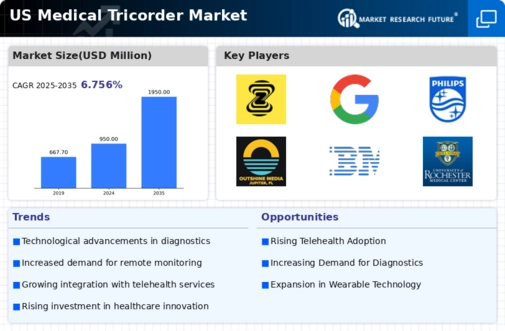
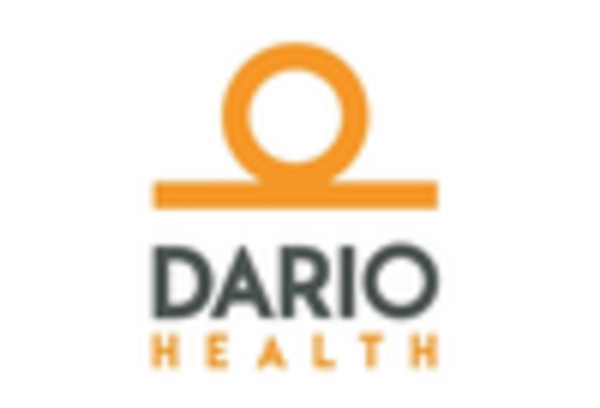

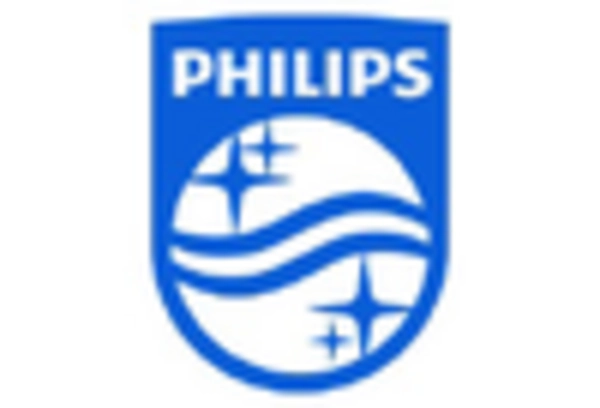

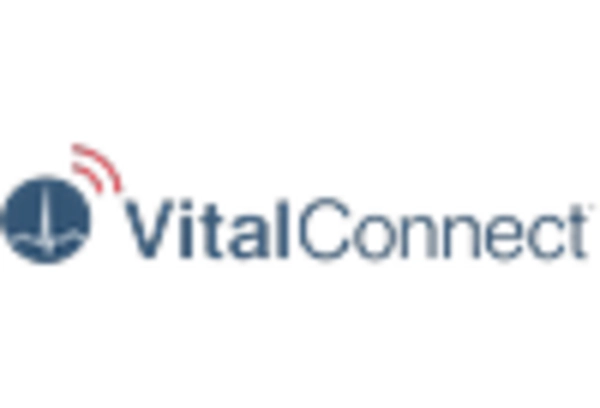
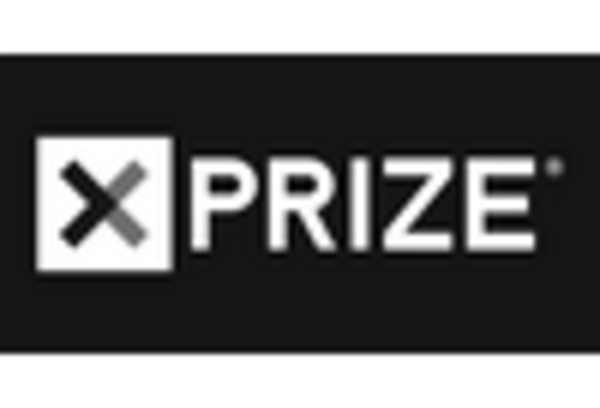








Leave a Comment